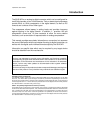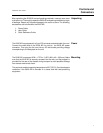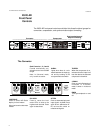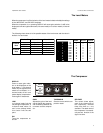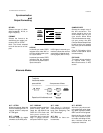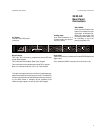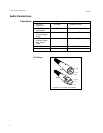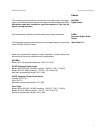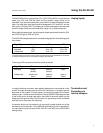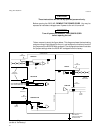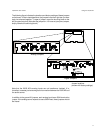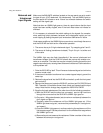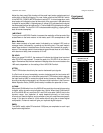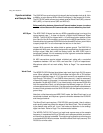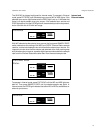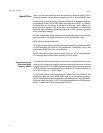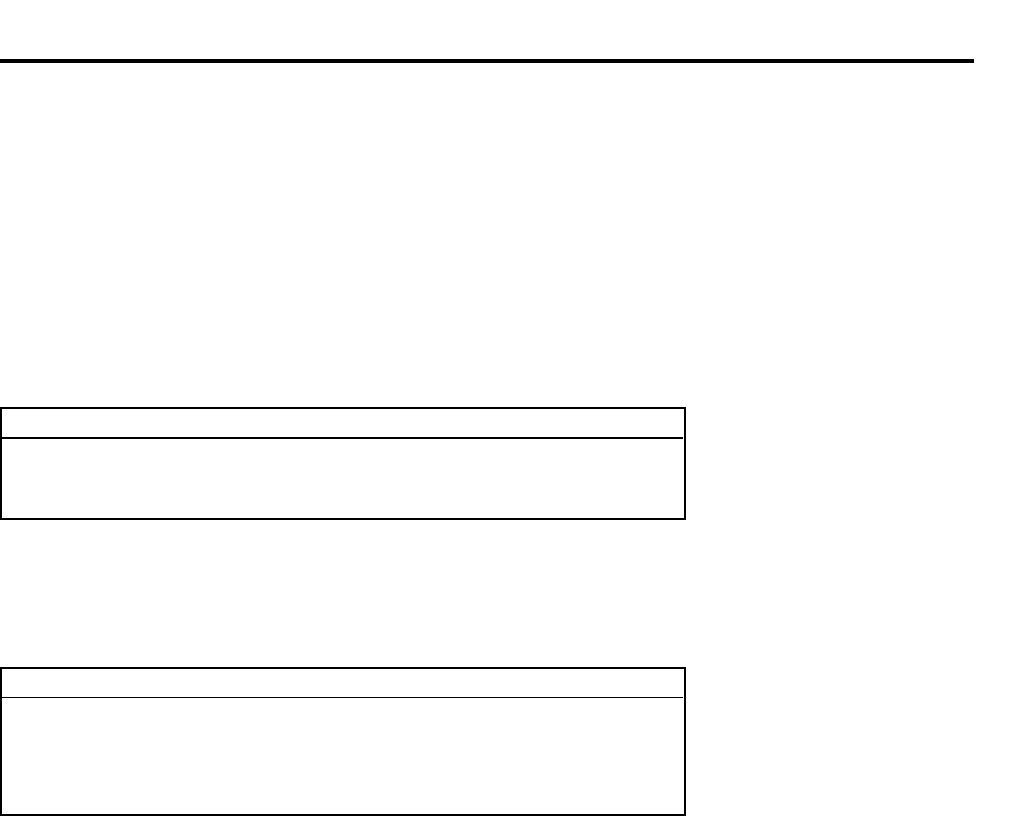
9
Using the 20/20 AD
20/20 AD User Guide
Analog Inputs
The 20/20 AD has four analog inputs: CH1, CH2, CH3 and CH4. In two-channel
mode, only CH1 and CH2 are used, and the dynamic range of the unit is
extended. If you have two stereo pairs, one of which is used more often than the
other, the most often used pair should be assigned to CH1 and CH2, and the
other pair to CH3 and CH4. This allows you to take advantage of the extended
dynamic range of two-channel mode when using only a single stereo pair.
When digitizing stereo pairs, the left channel of each pair should be sent to CH1
and CH3; the right to CH2 and CH4.
The 20/20 AD accepts balanced or unbalanced signals with the following peak
input levels:
Signal Type Attenuator dBu dBV
balanced OFF +2 to +22 0 to +20
balanced ON +8 to +28 +6 to +26
unbalanced OFF* -4 to +16 -6 to +14
* Unbalanced signals cannot be correctly attenuated with the front panel ATTEN button. Input levels
of unbalanced signals must be lowered
before
entering the 20/20 AD.
The analog XLR connectors should be wired as follows:
Signal Type Pin 1 Pin 2 Pin3
balanced screen positive return
(shield) polarity
unbalanced screen and positive open or
return polarity return
In a typical studio environment, each piece of equipment is connected to a “star
ground” through the safety ground on the AC connector, or through a ground
strap tied to the chassis. In these cases, connecting the shield of the audio
cable(s) to pin 1 at both ends of the cable will cause the 20/20 AD to be grounded
to the audio source through
two
paths: the shield of the audio cable and the
safety ground or ground strap. This will result in a “ground loop” which manifests
itself as hum at the power line frequency.
A common solution to this problem is to connect the cable shields only at the
source end, and to leave pin 1 of the 20/20 AD end floating. If this is not practical,
you can open the ground jumpers (W1, W9, W11 and W13) on the 20/20 AD’s
analog inputs.
Using the 20-/20 AD
Termination and
Grounding via
Internal Jumpers



